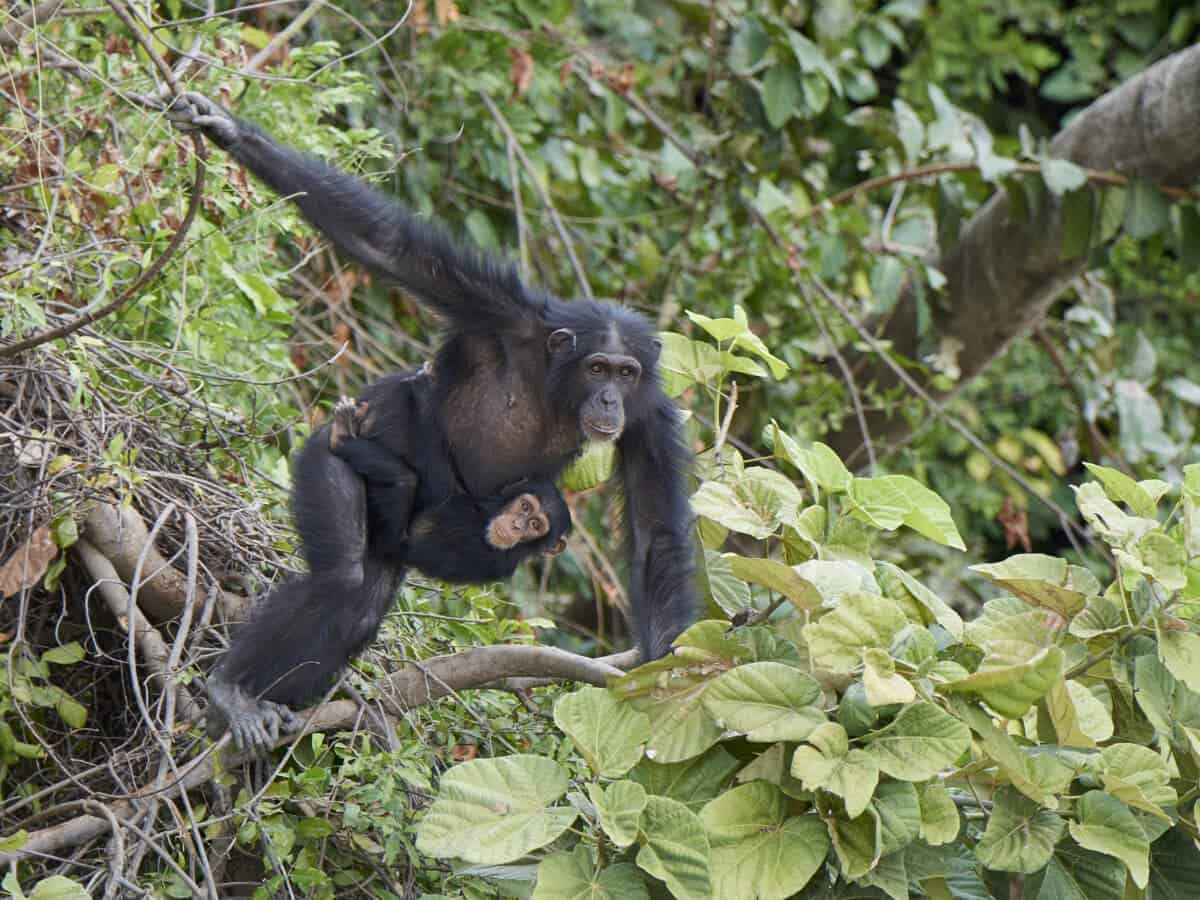In the Western front of Tanzania’s Issa Valley, renowned for its diverse wildlife, including baboons, duikers, and leopards, an eagle was savoring the fruits of its labor—a bushbuck, attesting to the bird’s substantial size.
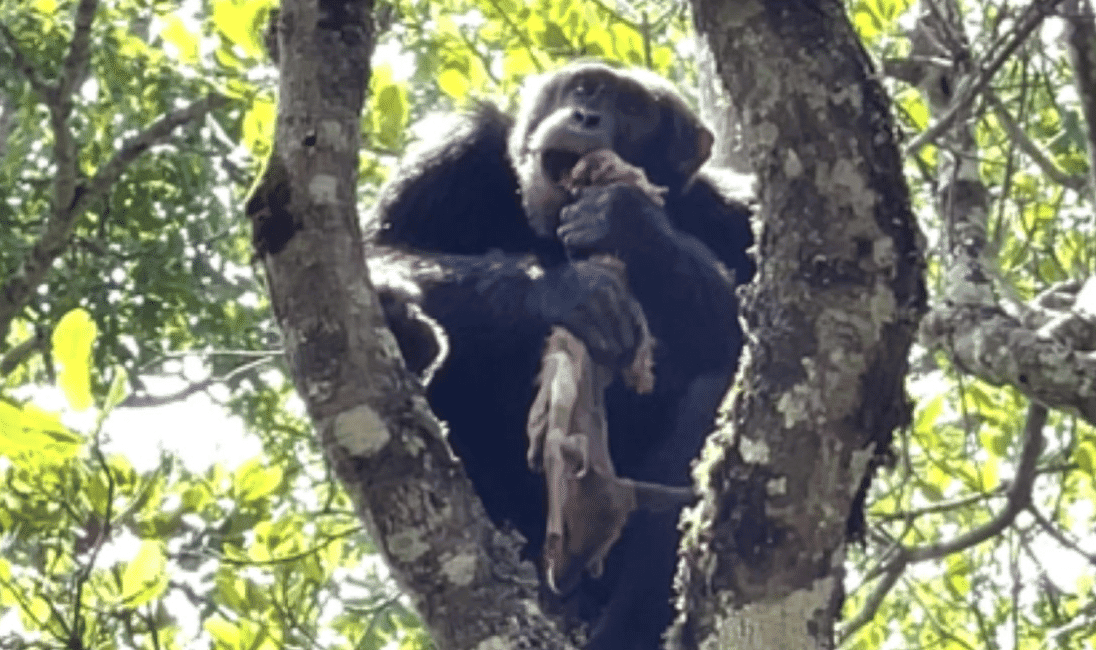
Despite this, an alpha male chimpanzee boldly swooped in, seizing the hard-fought prey. While only photographic evidence exists, Sam Baker, a dedicated researcher and lead author currently tracking chimpanzees to comprehend their ability to ambush other predators in a bid to pilfer their food—commonly known as confrontational scavenging—witnessed this extraordinary event.
Reflecting on the experience, Baker later shared with Live Science, ‘It was surreal and exhilarating in the moment.
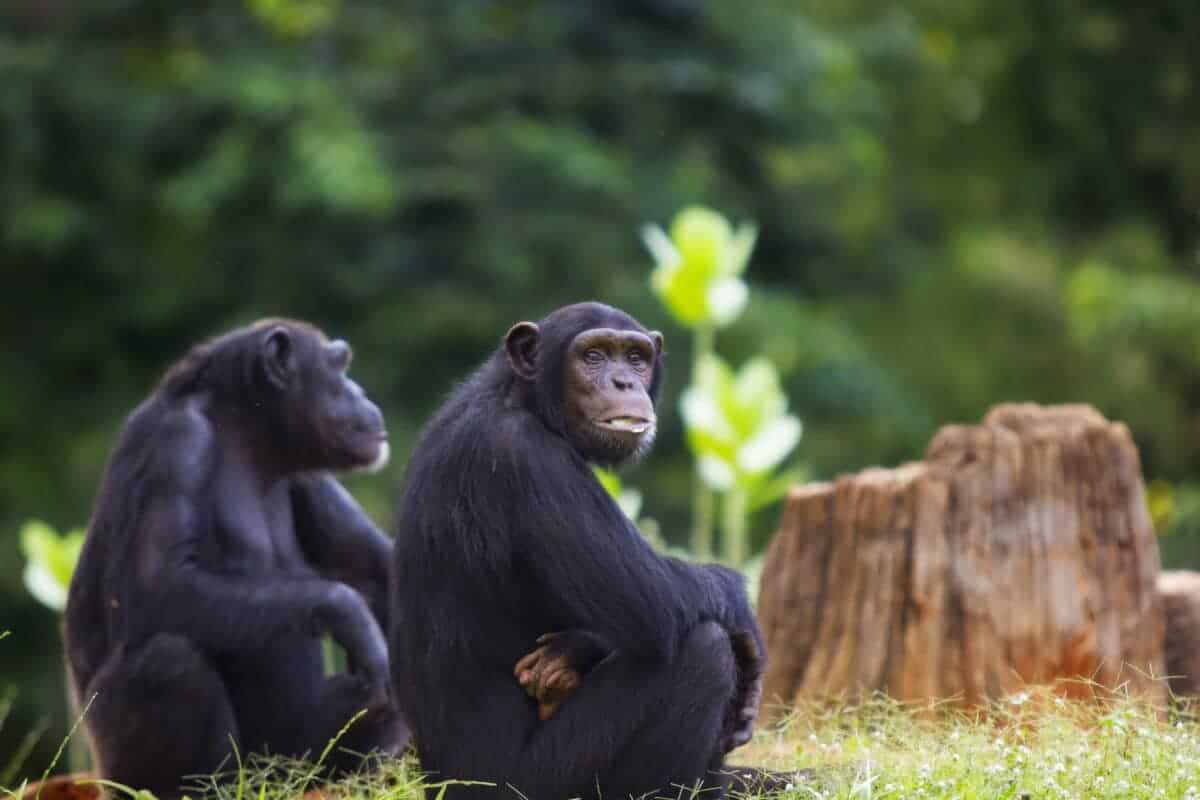
Confrontational Scavenging: A Cunning Survival Tactic
Confrontational scavenging is a behavior observed in various animal species, where individuals actively engage with predators to pilfer their prey. This daring approach sets confrontational scavengers apart from traditional scavengers, who typically wait until a predator has finished its meal. These animals display remarkable opportunism, taking advantage of the hard work of others to secure a meal.
Not exclusive to chimpanzees; other species engage in similar behavior. Hyenas, for instance, challenge larger predators, such as lions, for their kills. This competitive scavenging reflects the fierce competition for resources in the animal kingdom.
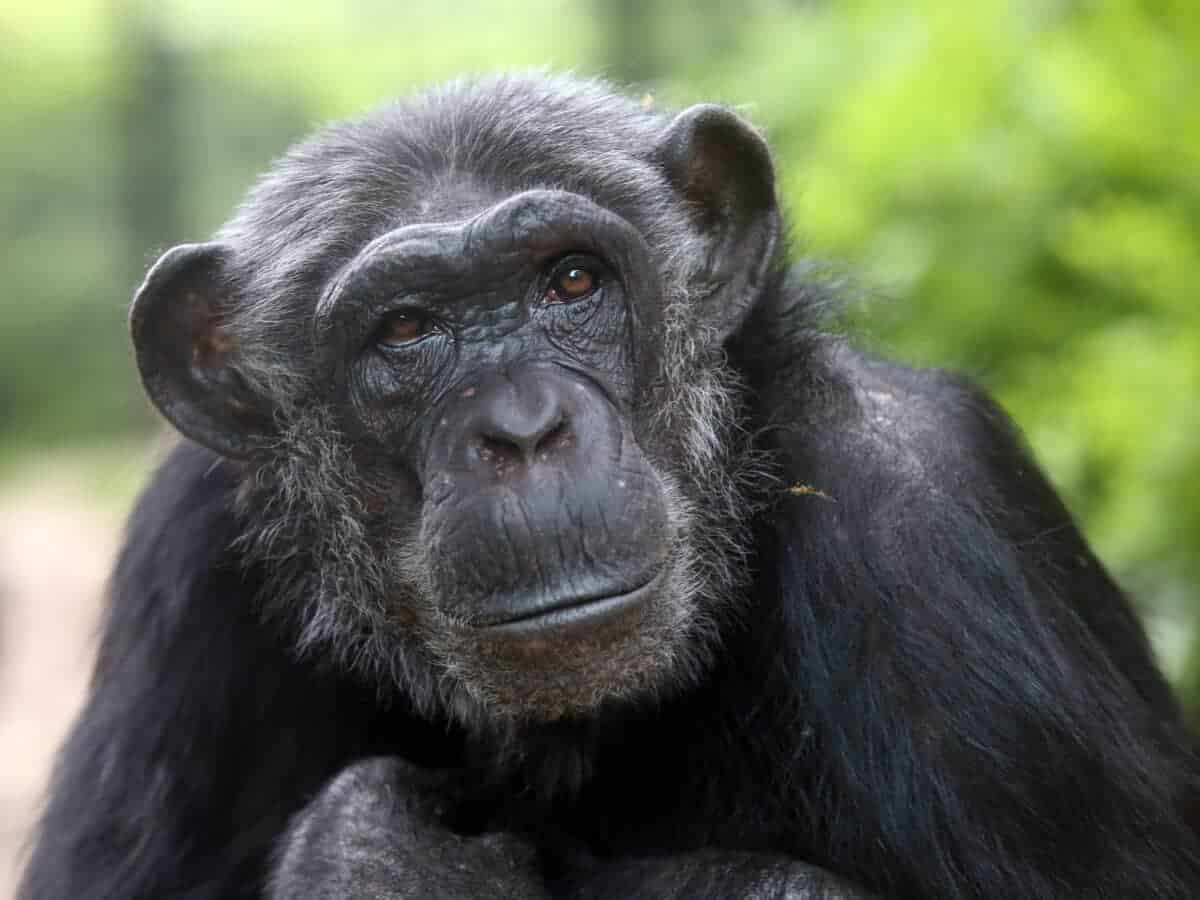
In essence, confrontational scavenging is a fascinating aspect of animal behavior that highlights the complexity of survival strategies in the wild. The adaptability and intelligence exhibited by chimpanzees and other confrontational scavengers underscore the intricate balance between competition and cooperation in the natural world.
Chimpanzees: Omnivorous Opportunists
Chimpanzees, scientifically classified as Pan troglodytes, are renowned for their omnivorous diet, encompassing fruits, leaves, insects, and even meat. Their carnivorous tendencies are evident in their consumption of small mammals, birds, and, intriguingly, confrontational scavenging of prey from other predators. This behavior showcases their adaptability and strategic intelligence, allowing them to exploit a variety of food sources to meet their nutritional needs.
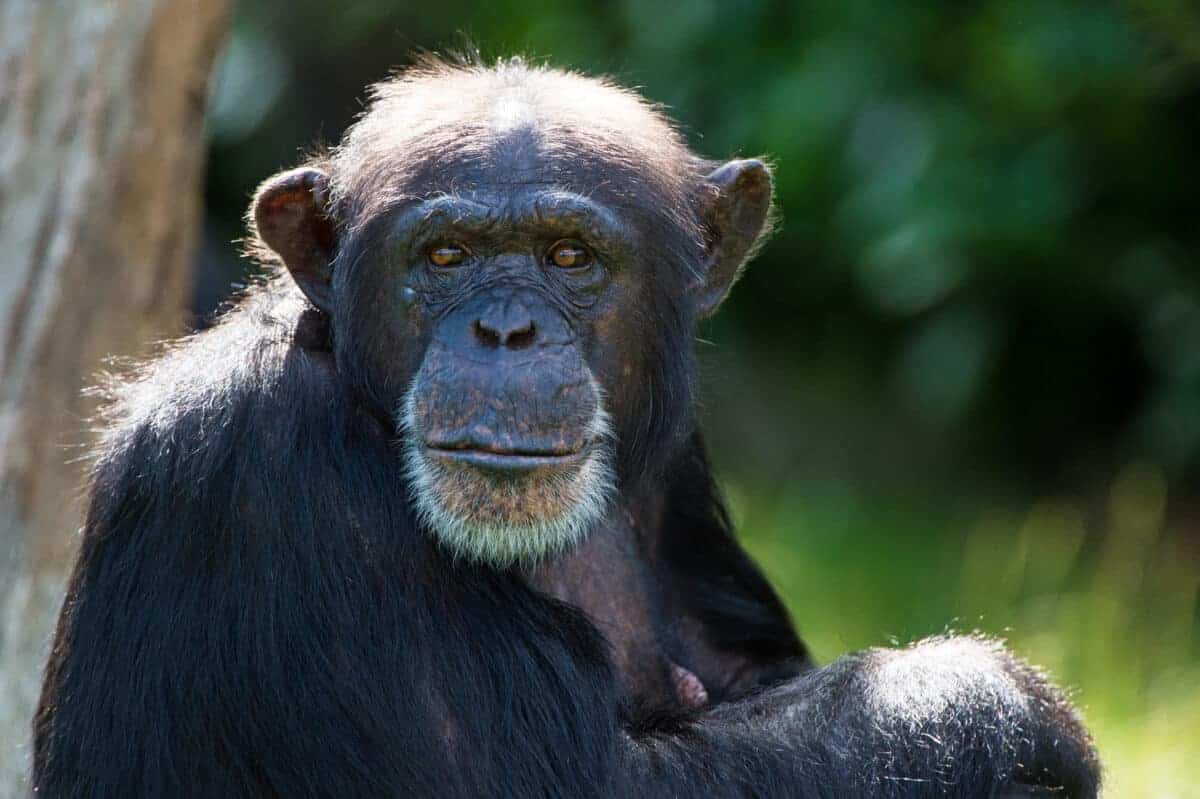
Chimpanzee Habitat and Range: Navigating Diverse Environments
Chimpanzees are native to the tropical rainforests and savannas of central and West Africa, spanning countries such as Cameroon, Gabon, Congo, and Ivory Coast. Their ability to adapt to various environments is a testament to their versatility as a species. They form complex social structures and live in communities led by an alpha male, with strong social bonds among individuals.
The Issa Valley in Tanzania, part of the chimpanzees’ larger geographical range, serves as a backdrop to intriguing wildlife interactions. The encounter between an alpha male chimpanzee and an eagle in this region offers a glimpse into the resourcefulness and opportunistic nature of these primates. They navigate a dynamic landscape, employing different hunting and foraging strategies depending on the availability of resources in their environment.
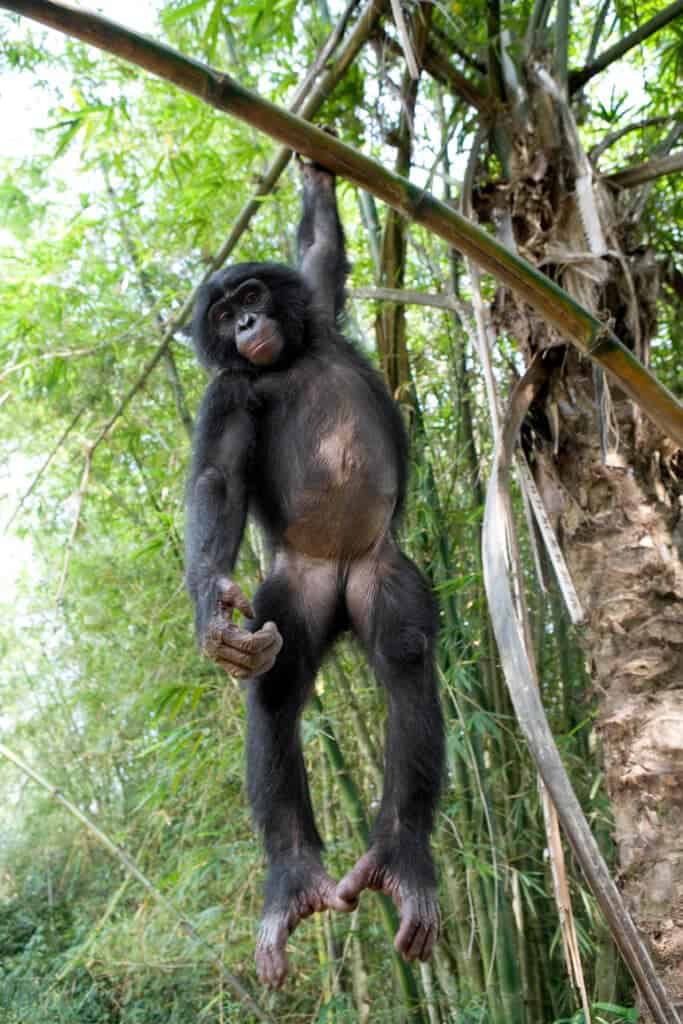
Join our Forum for free today!

- Second American Killed by Elephant in Zambia This Year - July 22, 2024
- Elderly Man Kills Grizzly Bear in Montana - July 22, 2024
- Missing Cat Found Weeks Later, 40 Miles Away - July 21, 2024

